In the long and storied history of gunmaking, there is no name more renowned than that of James Purdey. His rise to fame began 200 years ago, give or take, when he opened a small shop at 4 Princes St., Leicester Square, London, for the purpose of making and selling guns. He was certainly not new at his trade, having apprenticed under his brother-in-law, Thomas Keck Hutchinson, a well-respected maker in his own right. After that he worked for three years in the shop of Joseph Manton, the consensus “Best” gunmaker back then, and for several years in the shop of Alexander Forsyth, who along with Manton, was among the earliest proponents of the then-new percussion ignition system.
By the time Purdey opened his own shop, he had already established a reputation as a first-rate maker and soon parlayed that reputation into another as Manton’s successor and the preeminent gunmaker of his time.
The exact time of Purdey’s opening of his own shop is, like almost everything else regarding the early English gun trade, shrouded in the mists and myths of time and is occasionally debated among people who worry about such things.
Donald Dallas, in his wonderful book, James Purdey & Sons: Gun & Rifle Makers, argues that it occurred in March of 1816. For all I know he may be right, but the firm that still carries Purdey’s name counts the date as sometime in 1814, and that’s good enough for me.
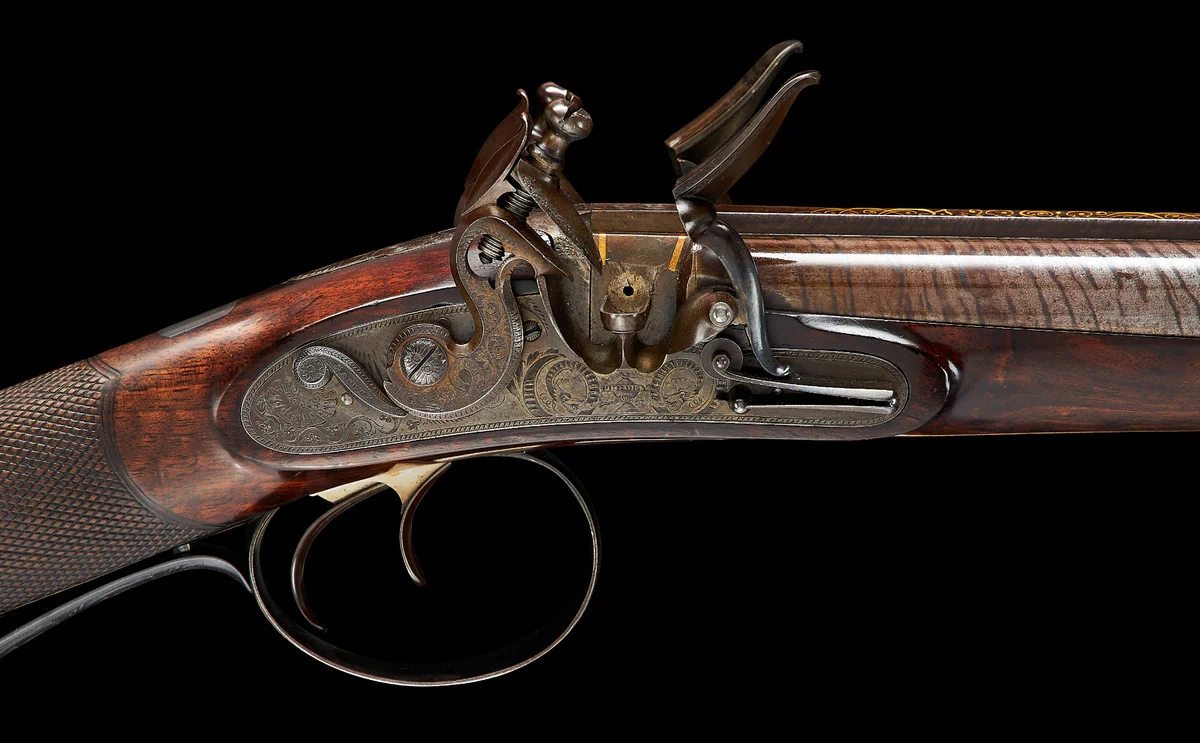
Of course, in 1814 flintlocks, as perfected by Manton, represented current firearms technology. During his time with Manton and Forsyth, Purdey was thoroughly exposed to the cutting-edge technology of percussion ignition. When the percussion system came in general use in the 1820s, Purdey joined his two former employers at the forefront of the evolutionary leap in firearms technology.
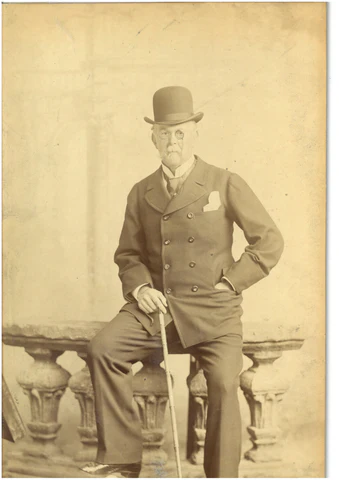
James Purdey the Younger
James’ son, who is now generally referred to as “James the younger,” was born in March of 1828 and would apprentice under his father beginning in 1843. In time he joined the firm and took over its management in 1858.
James the younger would usher in the era of the breechloader in the 1860s. He is also credited with coining the term “express rifle” to describe the more powerful cartridges that were being developed for dangerous game in Africa and India.
James the elder died in November of 1863 and James the younger ran the company until he died in 1909.
In 1880 Purdey purchased the rights to the Beesley hammerless system from a former employee, Frederick Beesley. The firm still uses that system in their superlative side-by-side shotguns, which are the mainstay of the Purdey line.
In 1948 they purchased the Woodward firm, thereby acquiring the rights to one of the finest over/unders of its time, a design that, in an evolved form, is still in use.
If we skip forward over another half-century, we find that Purdey is still at the forefront in developing and producing some of the finest sporting guns in the world. Today’s Purdey shop features the most advanced, precise, computer-controlled equipment, and continues to push the boundaries of gunmaking with new technology, techniques and materials.
To mark their 2014 Bicentenary, Purdey introduced a range of new products, including clothing and accessories. They also crafted a magnificent trio—a rifle and two shotguns—in celebration of the milestone.
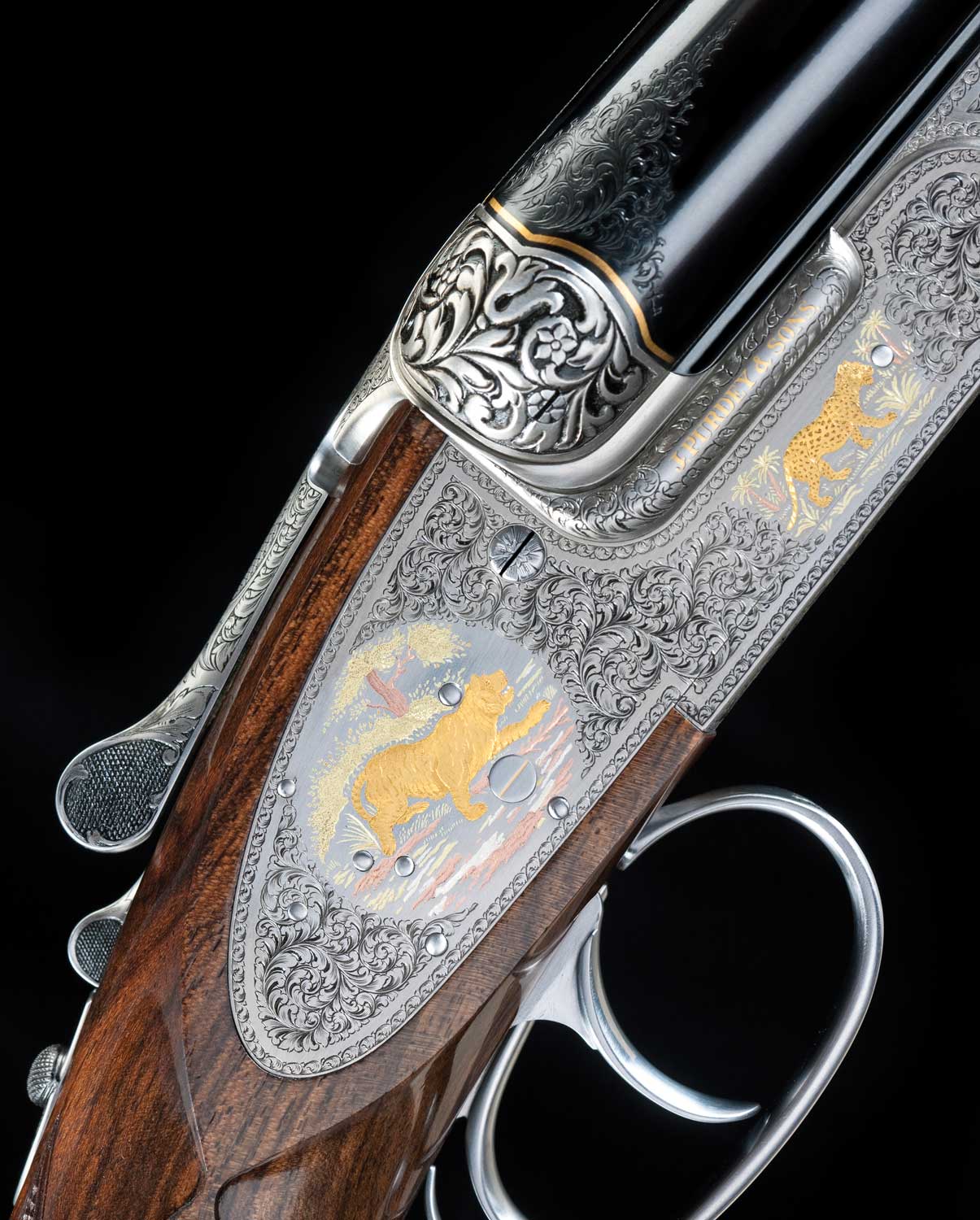
The rifle is a side-by-side double “express” built on the Beesley action with side clips and a third grip and chambered for the legendary .470 Express cartridge. As is befitting its heritage, it’s engraved in scroll and floral designs with deeply chiseled sculpturing on the shoulders of the action, which are complimented by antique vignettes of Indian big game animals inlayed in gold.
The side-by-side shotgun is also built on the venerable Beesley action and is decorated in the style of Harry Kell, the most significant engraver of his time, who is credited with achieving great advances in the realistic portrayal of birds and animals. Kell did a tremendous amount of work for Purdey during his lifetime, and the collaboration was a happy one for both parties. Purdey’s long association with the master engraver is certainly an important part of its history and Kell’s unique style is exceedingly well represented on this gun.
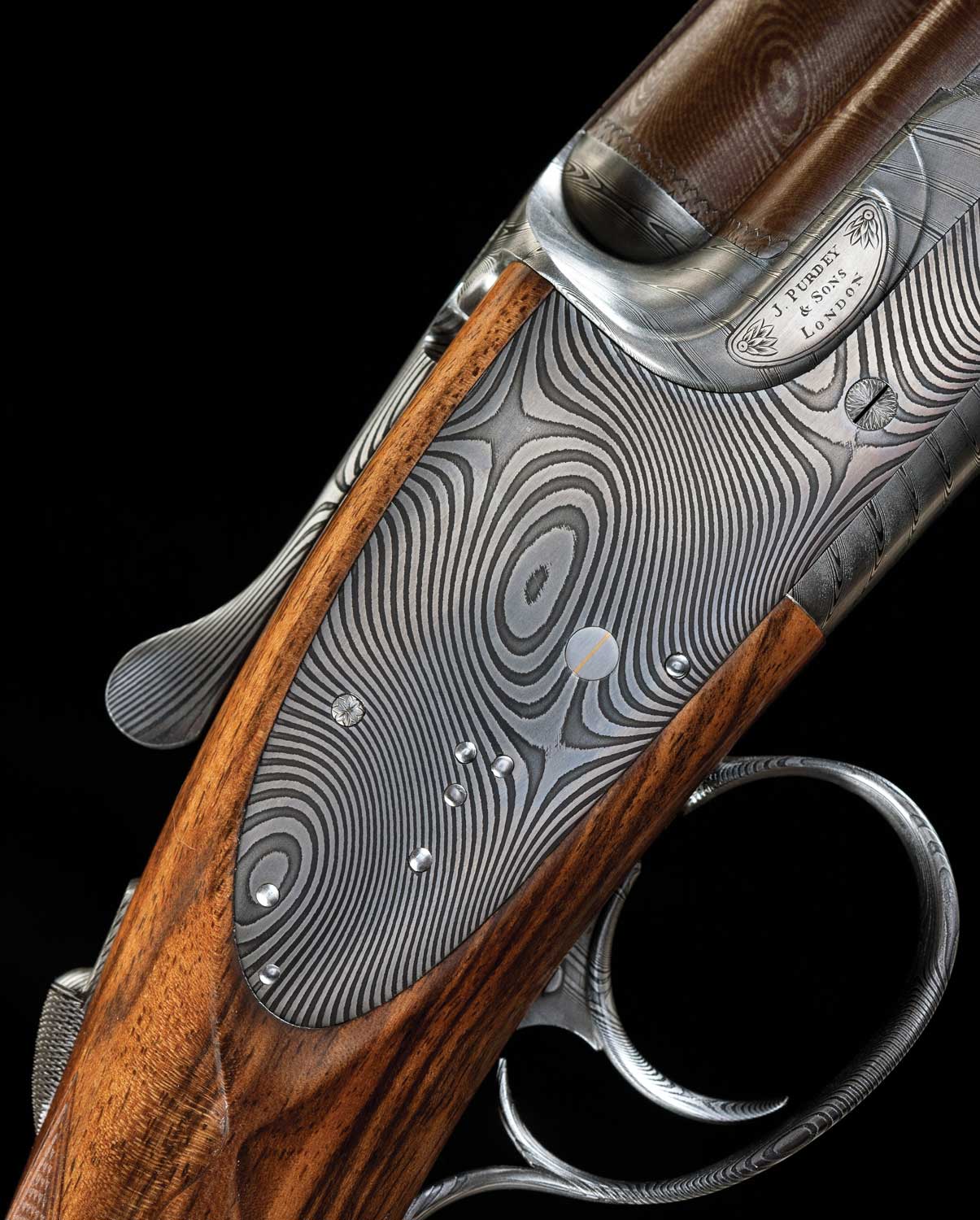
The third gun is perhaps the most interesting of all. It’s an over/under built on the Woodward pattern, but it combines the very oldest elements of Purdey’s heritage in that it is made completely of Damascus steel, unadorned by any trace of engraving save the maker’s name inlayed in gold. What makes the gun so interesting is that the “Damascus” is really Purdey’s “Damasteel,” which is one of the newest technologies in gunmaking. Damasteel combines incredible strength with the classic beauty of traditional Damascus. What better way to illustrate a 200-year heritage of innovation and excellence?
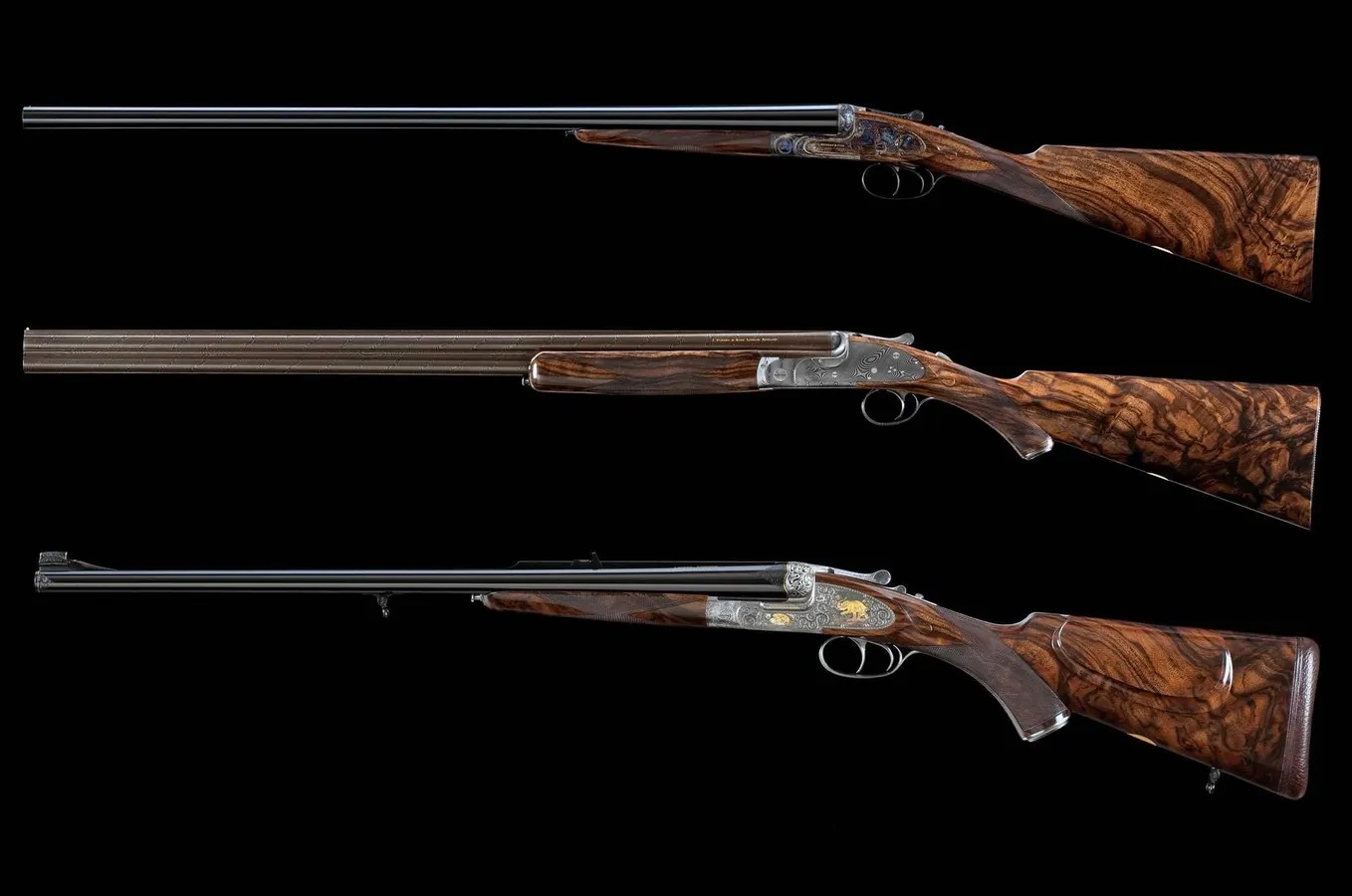
The trio is accompanied by two cases; a cylindrical, standing glass and wood display case, and a traditional oak and leather motor case with a proper compliment of accessories. The last of these was modeled after a case built for King George VI.
Today, as at any time in history, one can argue who is the best in any field of endeavor. Any answer merely represents the experience and opinion of the speaker. However, it is beyond question that there are a handful of makers who are unexcelled. They’re referred to as “Best” makers, because as a class, there are none better.
The firm begun by James Purdey the elder has remained in that elite class for 200 years, and still stands as a testament to an unwavering dedication to excellence.

